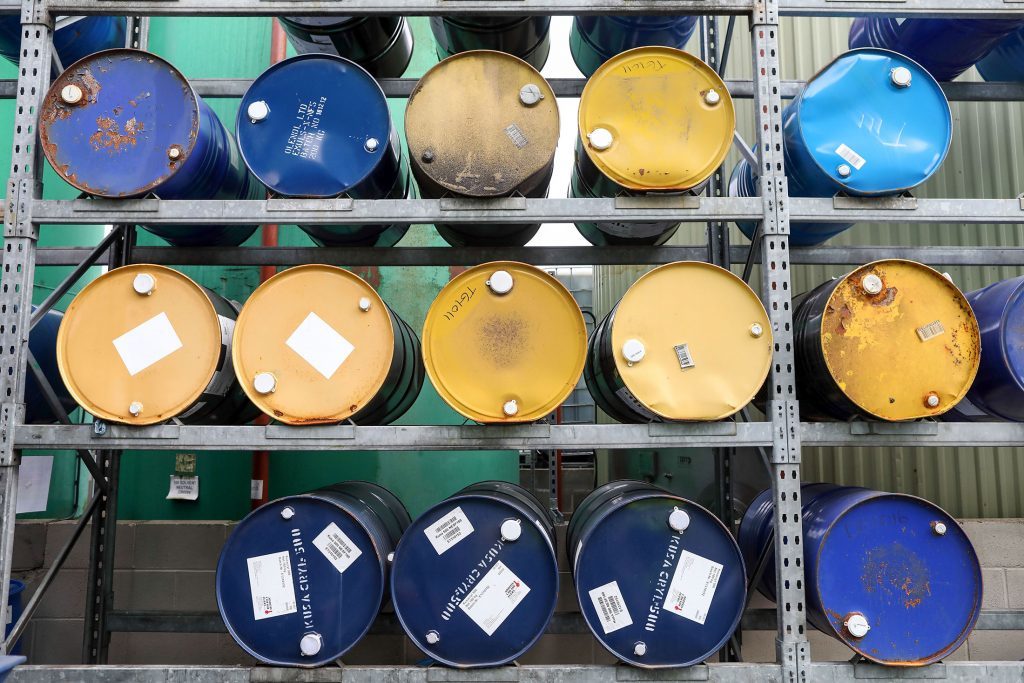
Oil snapped a six-day losing streak as a surprise drop in U.S. stockpiles and tumbling OPEC output helped to offset more evidence the global economy is weakening.
Futures in New York rose as much as 1.2% after falling 8.6% since Sept. 23. The American Petroleum Institute reported U.S. inventories shrunk by 5.9 million barrels last week, according to people familiar with data.
The official Energy Information Administration figures are due later on Wednesday and analysts surveyed by Bloomberg are predicting an increase.
Crude prices are now below where they were before the Sept. 14 attacks on Saudi Arabia that temporarily took out 50% of the kingdom’s production.
The strikes pushed daily output from the Organization of Petroleum Exporting Countries down to 28.3 million barrels last month, the least in a decade, according to a Bloomberg survey.
Meanwhile, a U.S. manufacturing gauge that fell to a 10-year low is adding to pessimism over the demand outlook.
“The lift to crude from the surprising and large draw reported by API is relatively modest so far, when viewed against the battering prices have taken over the past two weeks,” Vandana Hari, the founder of Singapore-based Vanda Insights.
“The direction and magnitude will need to be confirmed by the EIA data later in the day for the gains to stick.”
West Texas Intermediate for November delivery rose 59 cents, or 1.1%, to $54.21 a barrel on the New York Mercantile Exchange as of 11:59 a.m. in Singapore. It closed down 0.8% Tuesday after losing 7.5% in the third quarter.
Brent for December settlement climbed 40 cents, or 0.7%, to $59.29 a barrel on the ICE Futures Europe Exchange after tumbling 3.1% on Tuesday. The global benchmark crude traded at a $5.22 premium to WTI for the same month.
If the API figures are confirmed by the EIA data it will be the first drop in U.S. stockpiles in three weeks. Inventories increased by 2 million barrels in the week ended Sept. 27, according to a Bloomberg survey of 12 analysts.
The 1.59 million barrel a day drop in OPEC output in September was the biggest month-on-month decline since labor strikes briefly paralyzed Venezuela’s oil industry in 2002. Saudi production fell by 1.47 million barrels a day to 8.36 million, the lowest average monthly output since 2010.
Recommended for you
